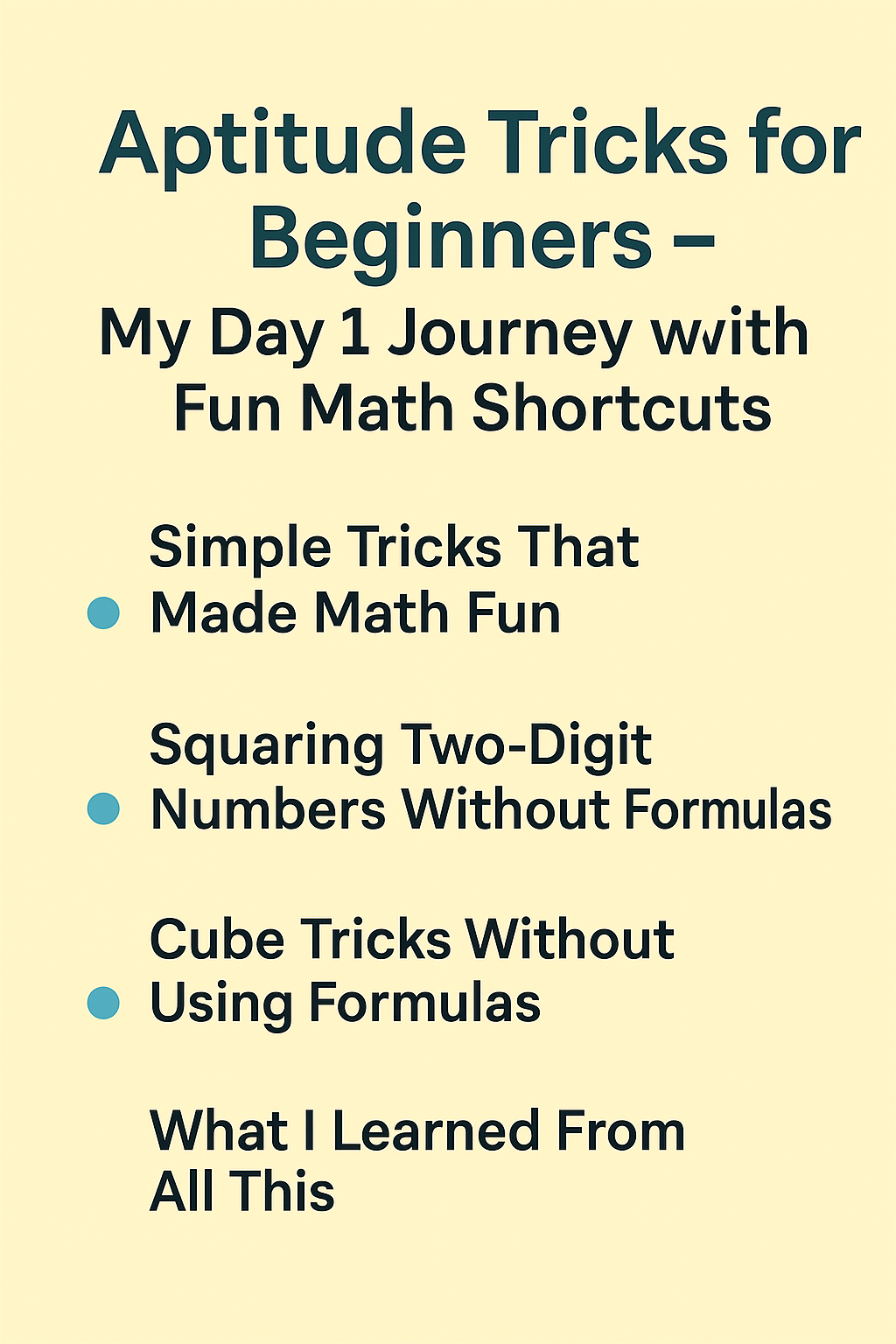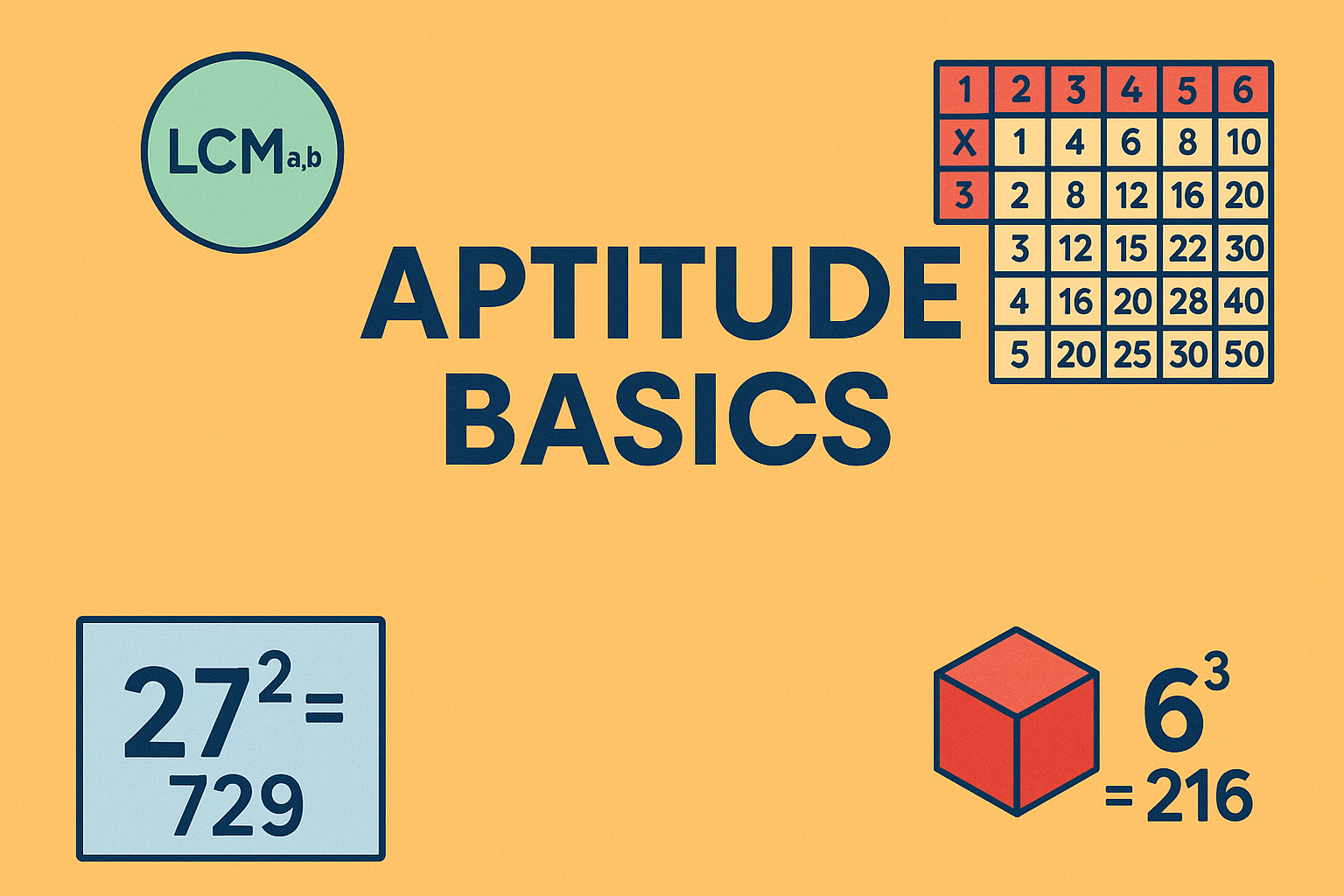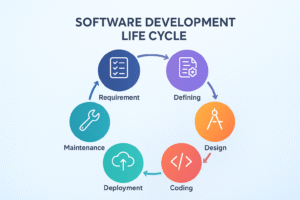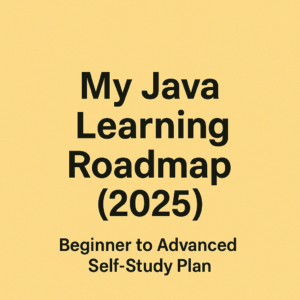Table of Contents

Aptitude Tricks for Beginners – My Day 1 Journey with Fun Math Shortcuts Simple Tricks That Made Math Fun
Today was my first real attempt at learning aptitude seriously. As someone preparing for placements, I knew aptitude would play a big role. But I also felt a bit overwhelmed at where to begin. There are so many formulas and topics, and most of them look complicated at first glance.
So I started small. I followed a video from the YouTube channel Feel Free to Learn, and it changed the way I thought about aptitude. What I learned today wasn’t just math — it was mental strategies that made solving things faster, easier, and honestly more fun.
Here’s what I learned in just one day — starting from zero.
Multiplication Tables – Smart Way to Master Them
Let’s face it: multiplication tables are the building blocks of speed math. But rather than memorizing every table up to 20, I learned a smarter way.
The trick is to break the number down. For example, if I need to calculate 13 × 7, I just think of it as:
- 10 × 7 = 70
- 3 × 7 = 21
- Then add them: 70 + 21 = 91
This made it easier to calculate without needing to recall full tables instantly. I also noticed patterns, like how the 11 table just repeats the digit (11 × 4 = 44, 11 × 5 = 55). That saved a lot of time too.
Squaring Two-Digit Numbers Without Formulas
This part amazed me. I’ve always thought squaring numbers like 42 or 63 needed a calculator or long multiplication. But I learned a shortcut that used logic — no formulas.
For example, to square 42:
- First, square the first digit (4): 4² = 16
- Then multiply 4 × 2 × 2 = 16 (this is the middle term)
- Then square the last digit (2): 2² = 4
- Join them: 16 | 16 | 04 → 1764
It sounds like a lot, but it flows so naturally after a few tries. I practiced with numbers like 36, 63, and 71, and it started to feel like a puzzle I could crack mentally.
Squaring Three-Digit Numbers Near 100
The next trick I learned was squaring numbers like 103 or 106 — basically numbers just above 100.
For example, 106²:
- Difference from 100 is 6
- Multiply 100 × 6 = 600, then double it = 1200
- Square the 6 = 36
- Add all: 10000 + 1200 + 36 = 11236
It’s so efficient. I applied this to numbers like 101, 102, and 104 and got quick answers without touching paper.
Cube Tricks Without Using Formulas
Cubes were something I always avoided because I thought they required heavy formulas. But this time, I learned them based on types — not formulas.
Instead, I practiced different types:
- Type 1: Single-digit cubes (1–9) — just memorize these
- Type 2: Numbers like 11, 12, 13 — practice their cube values
- Type 3: Numbers ending in 6, 7, 8, 9 — learn shortcuts based on pattern recognition
For example, 12³ is 1728 — just from practice. 23³ is 12167. The trick is to practice the type, see the number as a whole, and connect it to its cube value.
No formula. Just consistent exposure and memory through a method.
LCM Shortcut – Find Least Common Multiple Easily
Before today, I used prime factorization to find LCM. It was slow. But now I learned a quick shortcut.
Take the largest number in the set and check if it’s divisible by the others. If not, keep checking its multiples until you find one that works for all.
For example, to find the LCM of 4, 6, 8, and 12:
- The largest number is 12
- 12 is not divisible by 8
- Try 24. It works for all
- So, the LCM is 24
This method works great, especially for small sets. I tried it with numbers like 3, 11, 12 and cracked the answer way faster than before.
What I Learned From All This
I realized something important today: aptitude is not about formulas. It’s about understanding patterns and practicing them consistently. These tricks gave me confidence. I no longer fear numbers the way I used to.
Also, learning from the right place matters. The YouTube channel Feel Free to Learn made everything feel simple and approachable. The way concepts were broken into types and steps made it easy for someone like me, starting from zero.
I feel more motivated now to learn new topics every day and share them as I go. This was just Day 1, and I’ve already learned so much.
Want to learn these tricks too?
I learned all of this from an amazing video on YouTube that explains each trick clearly with examples.
Watch the full video here: Feel Free to Learn YouTube Channel –https://youtu.be/DFIzHan6rFo?si=CLUib-ResaUTf7fy
Final Thoughts
If you’re beginning your aptitude journey like I am, I highly recommend starting with the basics — tables, squares, cubes, and LCM tricks. Don’t rush to advanced problems. Build a strong foundation first. These small wins each day build real confidence.
I’ll keep posting updates here as I learn more tricks and improve my aptitude skills. Thanks for reading, and I hope this post helps you too if you’re just getting started.
Also Read: My Java Learning Roadmap – From Beginner to Advanced
Also Read: 5 Types of Nouns in English Grammar Explained with Example– Easy Guide for Beginners





Pingback: Java Introduction to Programming: My Exciting Day 1 Journey from Zero to Beginner - Monika's Study Space
Pingback: Data Cleaning with Titanic Dataset: Top 7 Preprocessing Tips to Master ML - Monika's Study Space
Pingback: Aptitude Roadmap for Placement Preparation: Complete Guide for Engineering Students - Monika's Study Space
Pingback: Blood Relations Aptitude: Tricks, Family Tree Diagrams, and Placement Questions - Monika's Study Space
Pingback: Ultimate Java Learning Roadmap (2025) – Beginner to Advanced (Self-Study Plan) - Monika's Study Space